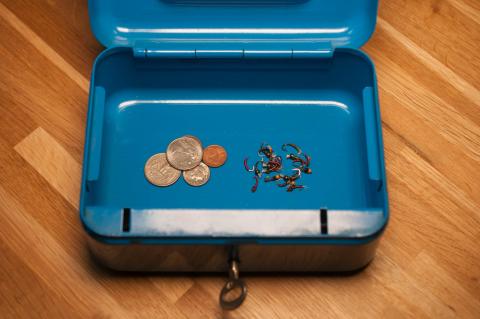Being newish to fishing ( age 60) I am looking for a chart that shows the hook and it's size, as I buy my tackle on line it is difficult to establish the actual size & style of hook I require for the type of fishing ie: beach, pier, boat. can anyone help?
- Log in to post comments

